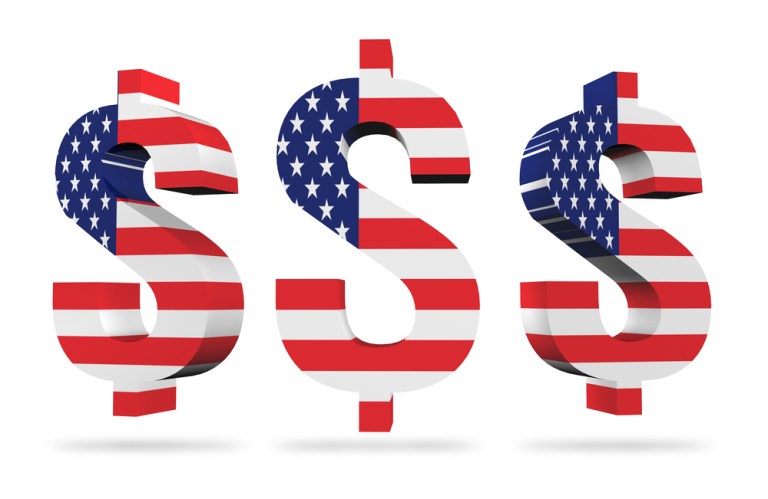
The Federal Reserve offered up some formal analysis on Tuesday (Feb. 2) about the 12 months following the publication of “Strategies for Improving the U.S. Payment System.”
As has been widely reported and recapped by the Fed, the initial action last year centered on the creation of two task forces, which brought together as many as 500 payments industry professionals with a focus on the United States. The two task forces, according to a release by the Fed, have come up with 36 criteria that outline the shape and reach of a faster payments system.
[bctt tweet=”The two task forces have come up with 36 criteria that outline the shape and reach of a faster payments system.”]
The task forces also, according to the release, have been conducting work on improving B2B payments, standards and directories. Discussions and agreements centered on the rollout of the financial messaging standard known as ISO 20022. That standard is in part tied to U.S. wire transfer activities and also the initiative to gain traction in same-day automated clearing house efforts.
In a statement that accompanied the Federal Reserve’s announcement, Esther George, president and chief executive officer of the Federal Reserve Bank of Kansas City, which is leading the payments initiative, said that payments professionals have “seen many of the strategies and tactics included in the plan come to life through broad, unprecedented stakeholder support. When implemented, the strategies will contribute to public confidence and the global competitiveness of the U.S. payment system.”
The two task forces took shape more than two years after the initiative was launched, and one goal was the movement toward inclusion of different voices on alternative payment technologies, along with the businesses and consumers who use them. The ultimate goal is to have faster payments approaches in place by the end of this year.